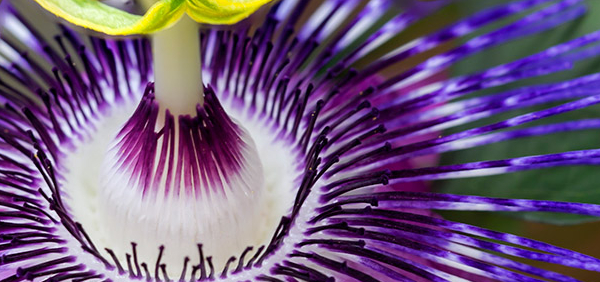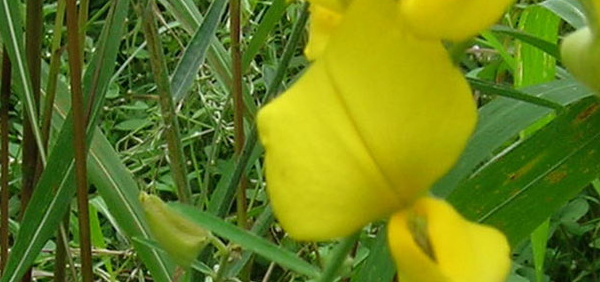musli :

Taxonomical Classification
Kingdom: Plantae - Plants
Subkingdom: Streptophyta
Superdivision: Spermatophyta - Seed plants
Division: Magnoliophyta - Flowering plants
Class: Magnoliopsida - Dicotyledons
Family: Liliaceae
Genus: Asparagus
Species: Asparagus adscendens
Allied species:
Broadly, three grades of musli are available: A) 3–4 inch long roots called badi (bigger) musli that get the highest price. B) 3 inch and smaller roots called choti (or smaller) musli that get intermediate prices. C) Broken fragments or chura that get the lowest price.VERNACULAR NAMES
Sanskrit: durnamari, mahavrsa, musaliEnglish: West-Himalayan Asparagus
Hindi: Dholi moosli, सफ़ेद मुसली Safed musli
Urdu: musli siyah, satawar, shaqaq-ul-misri, shaqaqul misri,
Telugu: Sallog dooda, Sallogadda
Bengali: -সফেদ মুসলি
Marathi: Pandaari musalee, सफ़ेद मुसली Safed musli
Oriya: -Gaichira
Gujarathi: Dholi musli
Tamil: Naranka pattirakam, Tannirvittang
Malayalam: Shedeveli
Kannada: Billi Mushali
Punjabi: Syahoo Musali,
Sindhi: -musli
Arabic: shaqoqule
French: -Musale Blanc.
Nepal: -musali
Persian: -Musli Safed, shaqoqule
Sinhalese: Hirth Wariya
Varities:
There are two basic uses of medicinal plants: direct use as dietary supplement or as chemical factories for the production of plants derived drugs.- » Classification and names of musli
- » Synonyms and definitions of musli
- » Drug Properties of musli
- » Chemical Constituents of musli
- » Standardization of musli
- » Parts used and Dosage of musli
- » Morphology and Histology of musli
- » Distribution and Conservation of musli
- » Cultivation of musli
- » musli in the market
- » Medicinal Uses of musli
- » Researches and clinical trails of musli
- » musli in other sytems of medicine
- » Ayurvedic formulations with musli
- » Images of musli












